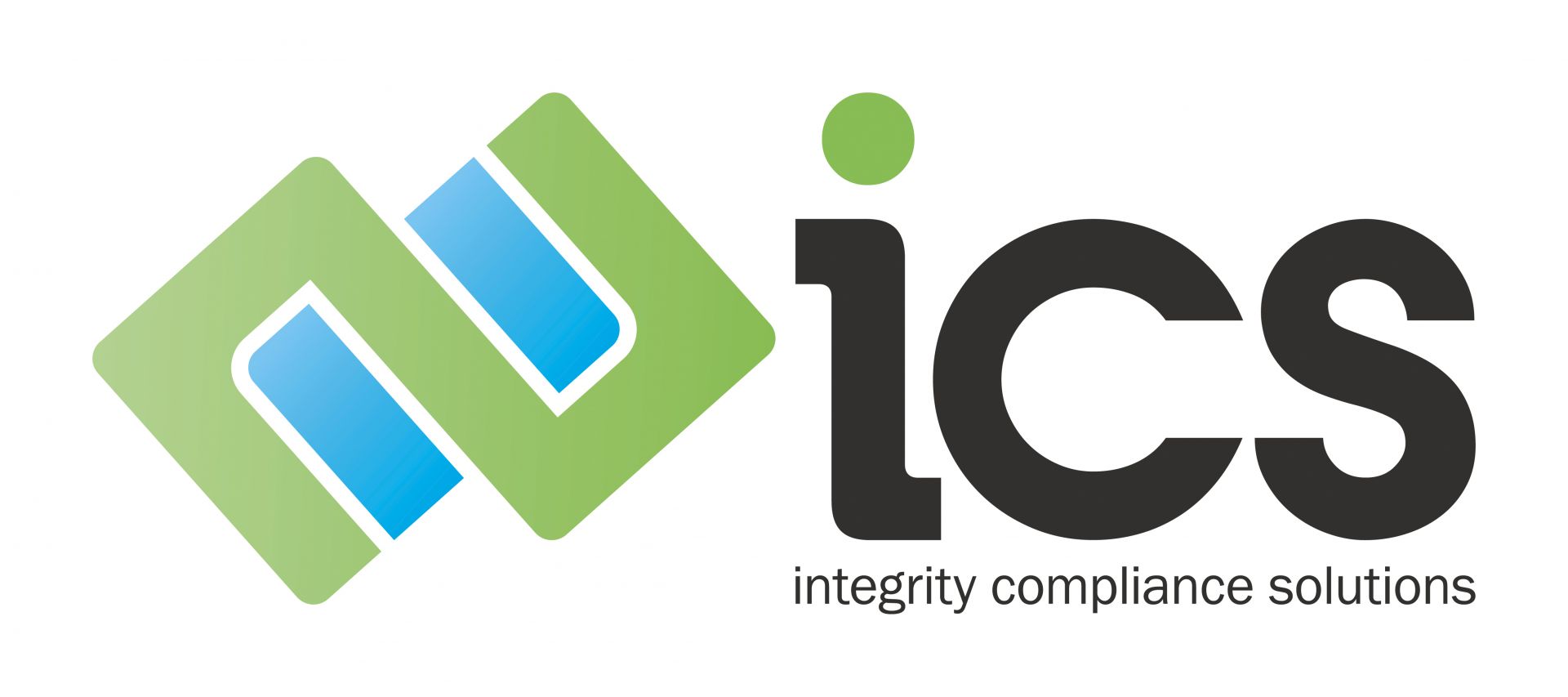To use the Food Fraud Scorecard you still need to have a detailed knowledge of your raw materials, their supply
chain and the actual likelihood of fraud in that supply chain. Additionally, you will need knowledge of the actual
controls & checks that your company has in place to identify food fraud when it turns up on your loading dock. The
third component is the profitably of undertaking fraud on that raw material.
In this article I will discuss where you can find this information. The more detailed and accurate information you
have the more accurate your final raw material ranking scores will be.
If we think about the processor with the cinnamon that started as being ranked as 60. They review their product
specification. In Australia this is usually a PIF (Product Information Form) and when this document was reviewed in
detail, it identified that the raw material that was assumed to be sourced from a specific species at high risk from
fraud, but was actually sourced from a similar, but different species, that was at a lower risk of fraud.
The PIF contains much useful information when you are starting your food fraud assessments- if its completed
correctly and completely- including stated information on product description (often listing species Latin name),
country of origin, source manufacturer, ingredient declarations, allergens, product description, legal description,
allergen management and controls in place, suitability for claims, physical, organoleptic, chemical and micro
specifications, that can then be matched to information from your supplier.
A really crucial but simple thing to do is go downstairs and read the information printed on the actual ingredient
cartons and bags onsite i.e. manufacturers address. Recently in an audit I had reviewed the food fraud
assessments and noted one product was stated to have a country of origin of India. But downstairs I read the
packaging, and the product was actually imported from Nigeria. The supplier had not notified the company and the
specification stated it was from India. This makes a difference in the final ranking of the raw material for fraud.
The general history of fraud for each ingredient can be identified using a database like HorizonScan
https://horizon-scan.fera.co.uk/
Finding Accurate Data for Food Fraud Risk Assessments 2
Our business, your solution
1300 36 78 10 | int +617 3390 5729 | PO Box 249 Cannon Hill QLD 4170 Australia
ABN 57 162 750 012
This database lists all daily recalls from almost every country in the world along with many national border
rejections, covering food safety and food fraud issues for thousands of raw materials and packaging. This enables
you to easily and correctly, quantify the risk for that raw material, then that specific country of origin and search
for specific suppliers. Horizon Scan can also identify what type of adulterants you should be looking to test for.
Many supplied audit certificates can be matched to that standards public access database to confirm that it is
indeed legitimate. Any discrepancy between stated information in the PIF (specification), audit certificates and
certificate of assurance needs to be investigated. If you suspect that the certificate of assurance you are receiving
may be fraudulent, line up 12 months of records to see if the results are identical. Almost no product sourced from
plants or animals will be identical all year round. Next step is to take a product sample and get it tested
independently.
Even something easily undertaken like taking a sample of product for each delivery, smelling it, feeling, assessing
the colour against a known master sample, can identify batch to batch discrepancies. If a sample is identified as
‘different” to a known sample, then a ‘presence/absence’ test for starch or gluten can often identify additional
components, that indicate fraud.
There are also wide range of sophisticated lab tests that can be undertaken to identify food fraud but start with the
consistent and complete supply chain information and product sampling to minimise your risk to food fraud in your
raw materials.
Know and understand your supply chains, use sensory evaluation, review the detail on the PIF, read the
information printed on the actual ingredient cartons, research the history of fraud for each ingredient, identify what
type of adulterants you should be looking, obtain valid certificate of assurances and then get it tested
independently.
"Every company, no matter how small, can implement inexpensive
changes that will make a significant difference to the vulnerability of food
fraud in their raw materials ."
